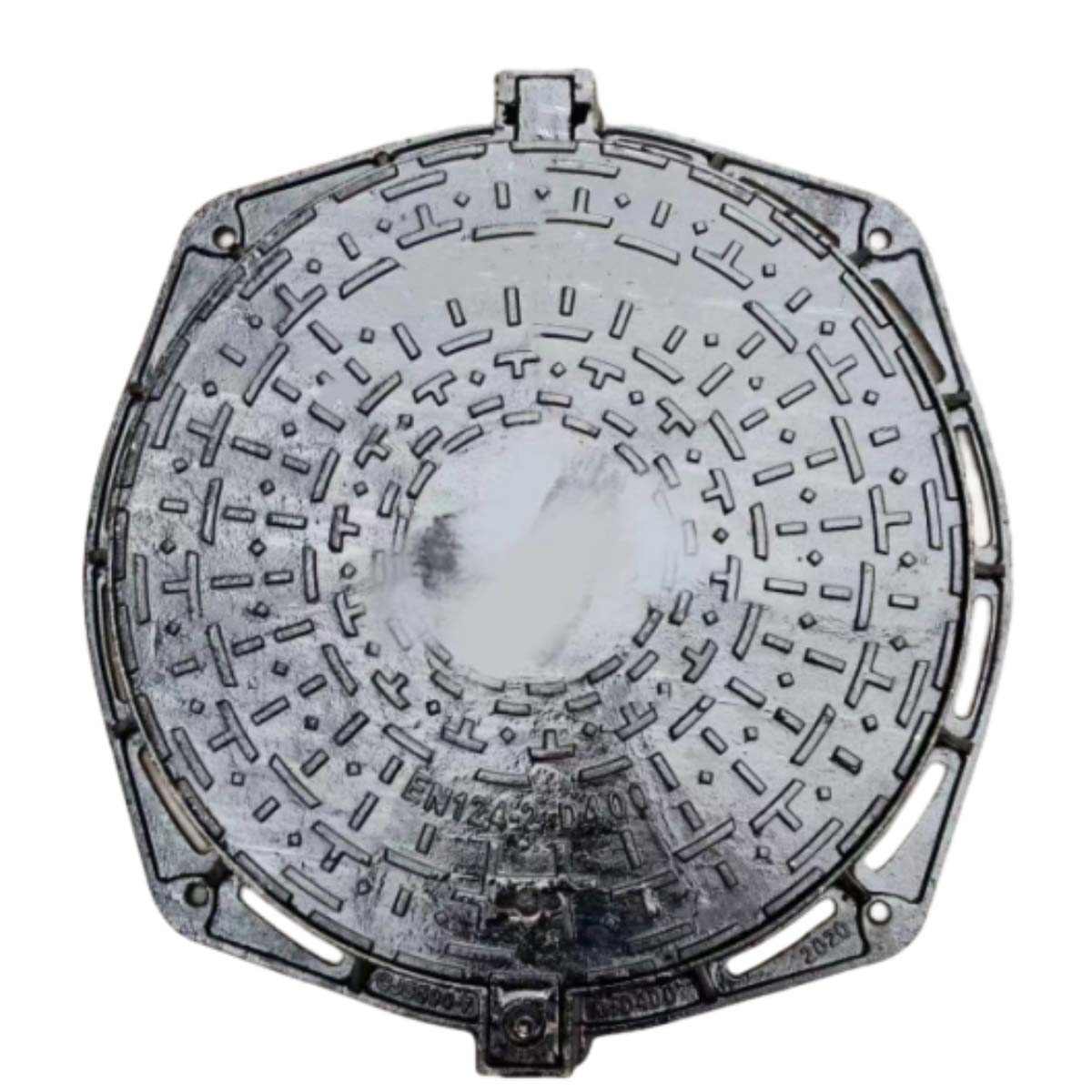different dustbins for different waste
Different Dustbins for Different Waste A Guide to Effective Waste Management
In today's fast-paced world, effective waste management has become more crucial than ever before. As urbanization increases and populations grow, the amount of waste we generate escalates at an alarming rate. A pivotal strategy in tackling this growing concern is the implementation of different dustbins for different types of waste. This system not only promotes recycling and proper waste disposal but also enhances environmental sustainability. In this article, we explore the importance of segregating waste, the different types of dustbins available, and how individuals can contribute to this initiative.
The Importance of Waste Segregation
Waste segregation is the process of separating waste materials into distinct categories so they can be processed appropriately. This practice plays a significant role in reducing the volume of waste sent to landfills, conserving natural resources, and minimizing pollution. When waste is sorted correctly, recyclable materials can be reused, organic waste can be composted, and hazardous materials can be handled safely.
By utilizing different dustbins, we can streamline the waste management process and ensure that each type of waste is treated in the most environmentally friendly manner. For instance, recyclable materials such as paper, glass, and plastics can be redirected back into the production cycle, reducing the need for new raw materials and lowering energy consumption. Similarly, biodegradable waste can be composted, turning organic matter into nutrient-rich soil amendments.
Types of Dustbins and Their Uses
To effectively manage waste, various types of dustbins can be used, each designated for specific waste categories. Common classifications include
1. Recyclable Waste Bin Often colored blue or green, this bin is intended for items that can be recycled, such as paper, cardboard, plastics, metals, and glass. Proper disposal in this bin not only conserves resources but also lowers landfill waste.
2. Organic Waste Bin Usually a brown or green bin, this is meant for compostable items such as food scraps, yard waste, and other biodegradable materials. Composting these materials can enrich the soil and promote healthy plant growth.
3. Hazardous Waste Bin Typically marked with warning symbols and colored red, this bin is dedicated to hazardous materials, including batteries, chemicals, electronic waste, and certain types of medical waste. Proper disposal of these items is critical to ensure safety and prevent environmental contamination.
different dustbins for different waste

4. General Waste Bin Often black or gray, this bin is for non-recyclable and non-compostable waste. Items in this category include broken furniture, packaging, and other municipal waste that cannot be reused or recycled.
How You Can Contribute
As individuals, we all play a vital role in the waste management process. Here are some ways to actively contribute to effective waste segregation
1. Educate Yourself and Others One of the first steps toward effective waste segregation is understanding what goes where. Take time to learn about the different waste categories and share this knowledge with family, friends, and colleagues.
2. Practice Mindful Disposal Make a conscious effort to dispose of waste in the correct bin. To facilitate this, you can place clearly labeled dustbins around your home, workplace, or community spaces.
3. Reduce and Reuse Beyond recycling, consider reducing consumption and reusing items whenever possible. Opt for products with minimal packaging and choose reusable alternatives, such as cloth bags instead of plastic.
4. Participate in Local Initiatives Many communities offer programs aimed at promoting waste reduction and recycling. Engage with local initiatives, whether it be participating in clean-up days or supporting recycling drives.
Conclusion
In conclusion, the effective management of waste through the use of different dustbins for different waste types is essential for promoting sustainability and protecting our environment. By segregating waste into recyclables, organics, hazardous materials, and general waste, we can significantly reduce our ecological footprint. Each of us has the power to make a difference through our daily choices and behaviors. Let us embrace the practice of waste segregation and contribute towards a cleaner, greener future for generations to come.
-
The Essential Component for Safe Urban InfrastructureNewsMay.14,2025
-
The Backbone of Urban InfrastructureNewsMay.14,2025
-
Practical and Stylish Solutions for Your Drainage NeedsNewsMay.14,2025
-
Lamphole Frame and Cover: Essential for Urban InfrastructureNewsMay.14,2025
-
A Seamless and Aesthetic SolutionNewsMay.14,2025
-
A Must-Have for Safety and DurabilityNewsMay.14,2025
-
Pipe Repair Clamps: Your Ultimate Solution for Efficient RepairsNewsMay.09,2025
